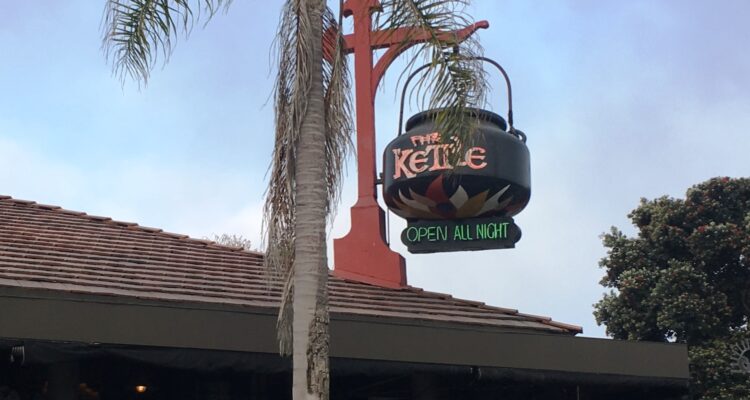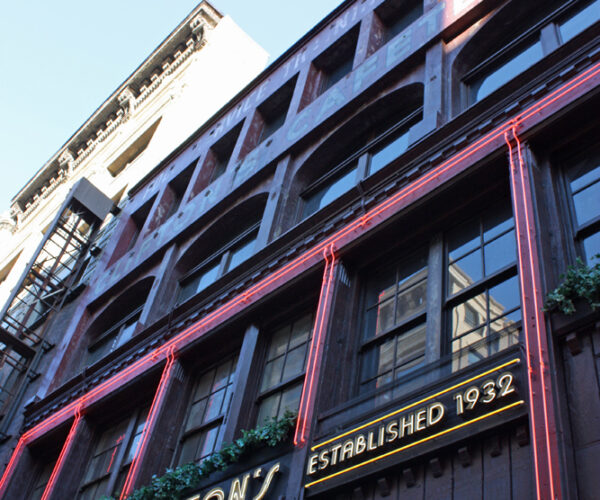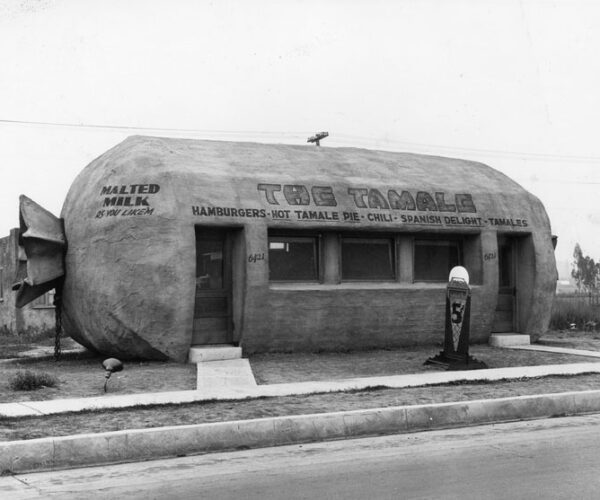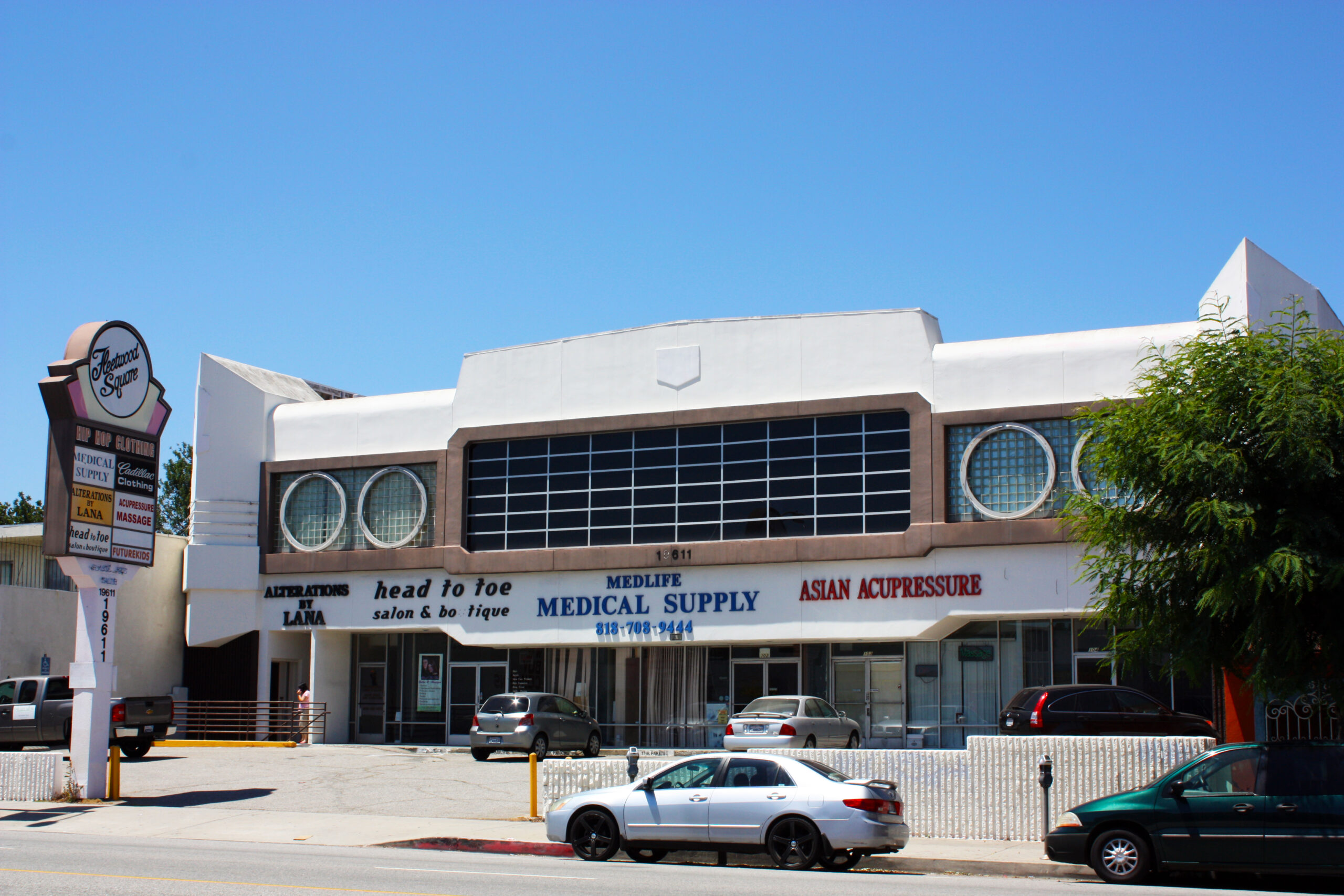
Place
The Kettle
Opened in 1973, The Kettle was the first twenty-four hour restaurant in Manhattan Beach, and is now one of the few remaining in the South Bay.
Place Details
Address
Get directions
Year
Style
Decade
Designation
Property Type
Attributes
Community
Operating twenty-four hours a day since 1973, The Kettle has become a familiar fixture and mainstay of Manhattan Beach and is one of the city’s oldest eating establishments. The restaurant is located in the heart of the city’s downtown commercial core, two blocks south of the Civic Center and three blocks east of the Manhattan Beach Pier. In addition to its food and communal gathering space, The Kettle is well-known for its programmatic signage: a giant kettle prominently located atop the restaurant’s roof.
The Kettle has been owned and operated by three generations of the Simms family since 1976, but was opened three years earlier by a business partner of the family, Wally Botello. He built the restaurant on the site of a former Atlantic Richfield service station. It was the first twenty-four-hour restaurant in Manhattan Beach, and today is one of the few restaurants in the South Bay that is open around the clock.
Restauranteur Arthur J. Simms (1918-2000) bought The Kettle from Botello and took over on Christmas Day in 1975. His past restaurant experience was literally out of Hollywood. After moving to the region for work in the 1940s, he ran the commissary for MGM Studios. Later, he acquired a Ben Frank’s coffee shop in Los Angeles and built two more in Hollywood before coming to Manhattan Beach. Sons Scott, Tom, and Greg all joined their father at The Kettle, and today the third generation of the Simms family also helps run the restaurant.
The restaurant features a deep covered patio, set within a brick and stone wall that wraps around the building’s two sides from the corner. Leaded glass windows line the restaurant's walls and overlook the patio. The interior features the work of California designer Evelyn Ackerman, whose Panelcarve designs of various animals form the dividers between the restaurant booths.
One of the restaurant’s most distinctive elements is its programmatic signage in the form of a giant kettle hanging from a fireplace crane, with painted flames along its bottom and neon lettering spelling “The Kettle.” Though it is a later example from the 1970s, it carries on the tradition of programmatic architecture and signage first popularized in the Los Angeles region in the 1920s and 30s. Savvy business operators created buildings or signage in the form of giant objects that appealed to passing motorists, with designs that reflected the identity of a business or the type of goods sold within.
The image of a kettle and open-hearth cooking is a motif from the American Colonial period. Colonial design motifs enjoyed widespread popularity for several decades of the twentieth century, including among roadside restaurants and motels, for their connotations of hospitality.


